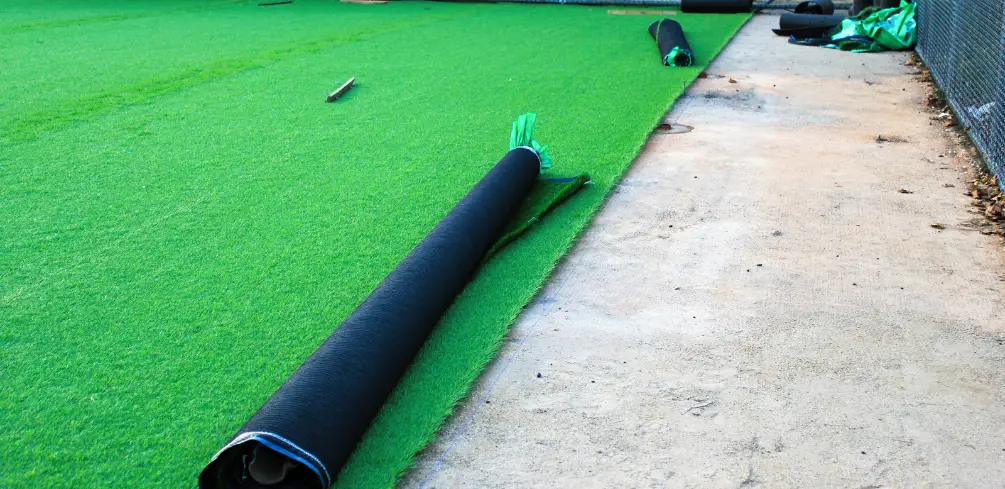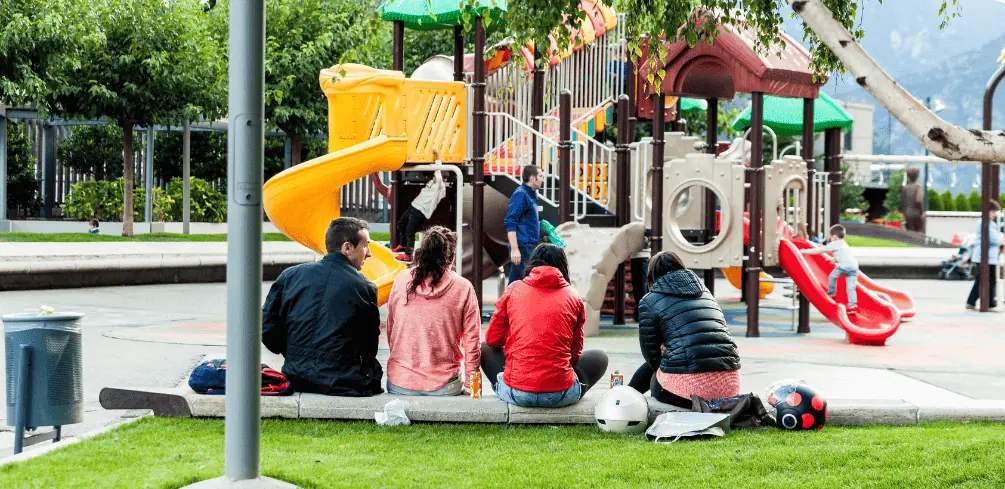If the world were your oyster, then artificial turf would be its pearl. This versatile and low-maintenance grass alternative has gained popularity in recent years for both residential and commercial applications.
However, selecting the right base material is absolutely crucial to ensure that your artificial turf installation remains beautiful, functional, and long-lasting. After all, even the most luxurious of pearls requires a strong foundation.
In this article, we will delve into the importance of choosing the perfect base material for your artificial turf project. We’ll explore various options, such as crushed stone and gravel mixtures, sand and silica combinations, rubber padding, and foam alternatives.
Armed with this knowledge, you’ll have a deeper understanding of how these materials can affect not only the appearance but also the performance of your synthetic grass installation.
Comparing costs and benefits becomes easier than ever when you’re equipped with essential information on these foundational elements. So let’s dive in together to discover what lies beneath that lush green surface!
Importance of Choosing the Right Foundation
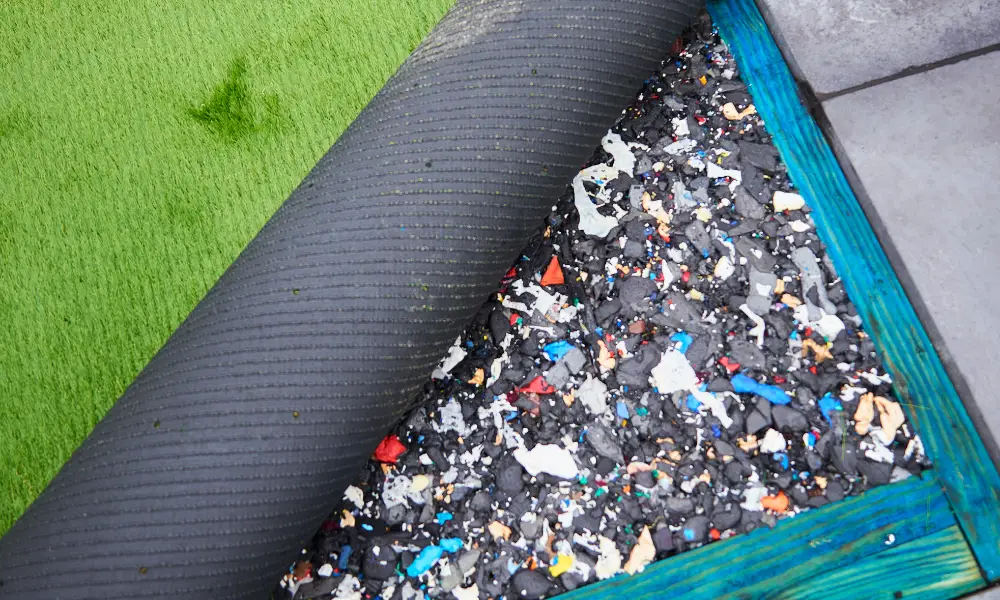
It’s crucial to choose the right foundation for your artificial turf, as it can make all the difference in not only how your turf looks and feels but also its longevity and impact on the environment.
The base material plays a significant role in ensuring proper drainage and soil stabilization, which are essential factors to consider when installing artificial grass.
With various options available, you must understand what each material offers and select one that meets your specific needs. Proper drainage is vital for maintaining a clean and odor-free surface while preventing issues like mold growth or water damage.
A well-draining base material allows water to pass through quickly without pooling on the surface. This helps keep your turf looking fresh while reducing maintenance requirements.
Soil stabilization is another critical factor, ensuring your artificial turf remains level over time. A stable base prevents shifting or sinking, which could lead to uneven surfaces or visible seams between turf sections.
As you select an appropriate base material for your artificial grass installation, remember that different materials come with varying benefits and drawbacks.
Common options include crushed stone, decomposed granite, sand mixtures, or even rubberized products designed specifically for synthetic lawns. Each choice has unique properties that can influence drainage capabilities and the overall stability of your project site.
By carefully considering these aspects alongside environmental impact and budget constraints, you’ll be able to create an attractive outdoor space that stands up against the test of time while meeting your sustainability goals.
Crushed Stone and Gravel Options
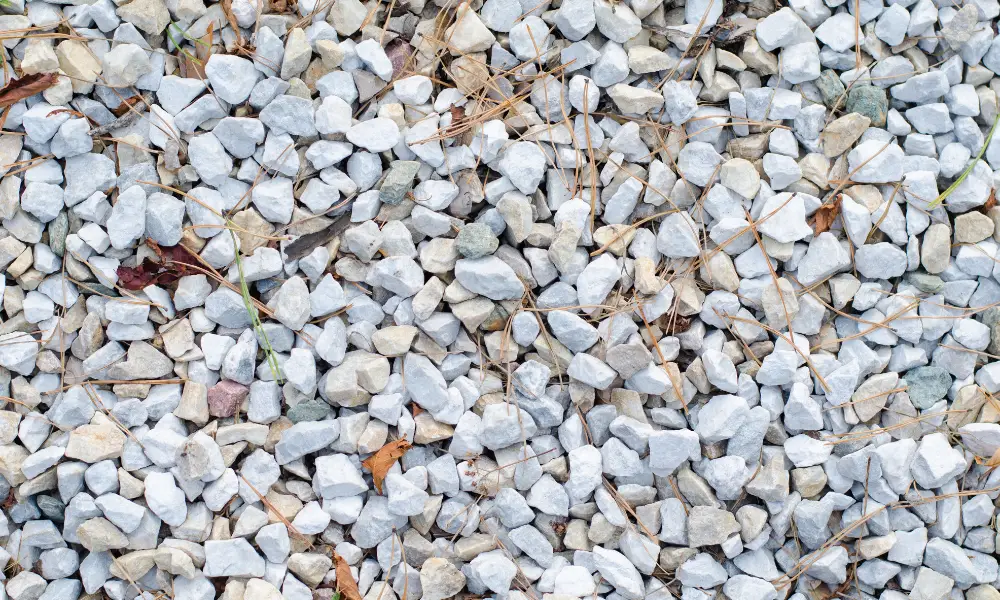
You’ll find an array of crushed stone and gravel choices to create a strong, stable foundation for your synthetic lawn, bringing to mind images of sturdy roads and serene garden pathways.
Selecting the right type of crushed stone or gravel is essential to ensure not only the longevity and durability of your artificial turf but also its functionality and appearance.
Factors such as local climate, soil conditions, drainage needs, and intended use will help you determine which type of material will best suit your project.
Gravel drainage systems are crucial components in maintaining proper moisture levels underneath your artificial turf.
The ideal base material should allow water to pass through easily while providing adequate support for the grass fibers. This helps prevent issues like waterlogging or standing pools on your lawn’s surface that can lead to mold growth or other complications.
Crushed stones with varying sizes offer excellent drainage properties due to their irregular shapes that create gaps for water flow when compacted together.
Stone durability is another important factor; opting for high-quality materials like limestone, granite, or trap rock ensures a long-lasting base that won’t deteriorate over time.
As you’re selecting crushed stone and gravel options for your artificial turf foundation, keep in mind how they will impact the overall performance and appearance of your lawn.
For instance, finer particles may be more comfortable underfoot, while larger aggregates provide better stability against heavy foot traffic or frequent usage by pets.
Consider consulting with a professional installer who can guide you toward the most suitable materials based on your specific needs and preferences.
With proper planning and attention to detail during installation, you’ll enjoy a lush, beautiful synthetic lawn that stands up well against daily wear and tear – all supported by a reliable foundation beneath it all.
Sand and Silica Mixtures

Choosing the right sand and silica mixtures for your synthetic lawn can significantly enhance its performance, longevity, and overall beauty.
These materials play a crucial role in providing stability to the artificial turf fibers while also offering drainage solutions.
Understanding the importance of sand durability and silica advantages will help you make an informed decision when selecting the ideal base material for your artificial grass. Sand is known for its durability, with various sizes and shapes available to suit different applications.
For example, angular sands provide better interlocking capabilities than round grains, which translates into greater stability for turf fibers.
Silica sand is often used in artificial turf installations due to its high-quality properties – it’s resistant to weathering, maintains consistent color over time, and doesn’t attract unwanted pests or insects.
Combining high-quality sands with silica can create a well-rounded mixture that delivers excellent support while retaining essential drainage functions.
When choosing the perfect sand-silica blend for your synthetic lawn installation, consider factors such as local climate conditions. A well-draining base material is particularly important in regions prone to heavy rainfall, flooding, and expected foot traffic levels.
High-traffic areas may require more durable mixtures to withstand increased wear and tear over time effectively.
By carefully assessing your specific needs and understanding the benefits of combining strong sands with reliable silica products, you can create an outstanding foundation for your artificial turf that ensures optimal performance and long-lasting beauty.
Rubber and Foam Padding

Incorporating rubber and foam padding into your synthetic lawn is like adding a cushiony layer of comfort beneath your feet, elevating the overall experience while boosting safety and shock absorption.
Rubber longevity plays a significant role in determining the durability and performance of your artificial turf.
Premium quality rubber granules derived from recycled tires offer excellent shock-absorbing properties, making them ideal for playgrounds, sports fields, or even residential lawns where children often play.
On the other hand, foam pads come in various density options to suit specific applications – higher foam density ensures better support and resilience.
To choose the right combination of rubber and foam padding for your artificial turf project, consider factors such as foot traffic levels, intended use (sports or leisure), budget constraints, and desired look and feel.
For instance, if you’re installing a soccer field that will see heavy use every day, opt for a high-quality rubber infill with excellent longevity combined with dense foam padding to withstand wear and tear while providing optimal shock absorption.
Don’t forget to factor in maintenance requirements when selecting materials – premium products may be more expensive upfront but often require less upkeep over time.
By carefully considering these aspects when choosing base materials for your artificial turf installation, you can create a comfortable surface that meets both functional needs and aesthetic preferences.
Opting for long-lasting rubber granules combined with high-density foam padding not only ensures enhanced safety features but also contributes to an eco-friendly solution by repurposing old tires-turned-rubber-granules.
So, take the time to find the perfect blend of these materials to make your synthetic lawn look great while serving its purpose effectively for years to come!
Comparing Costs and Benefits of Different Materials
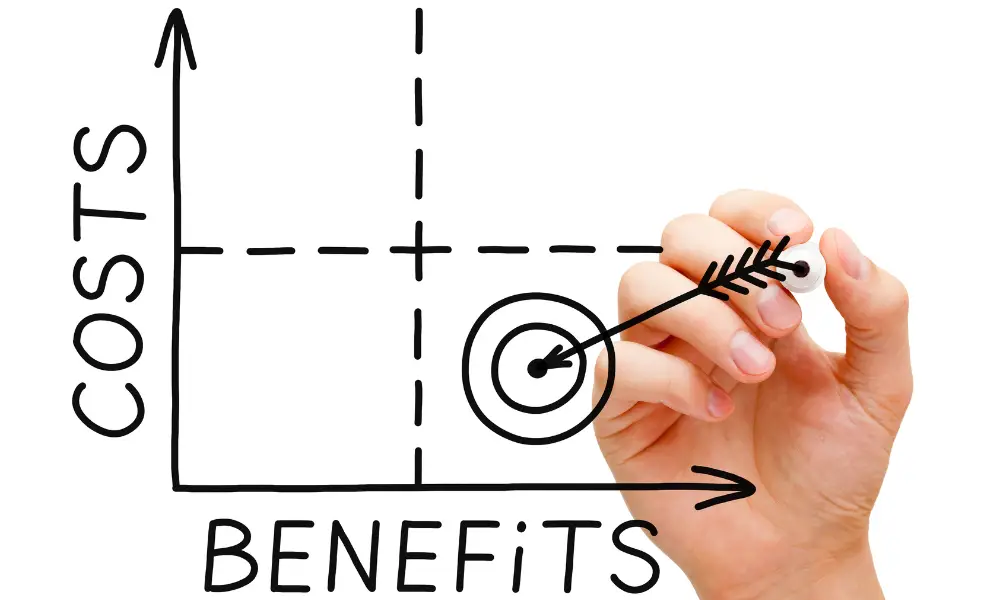
When weighing the pros and cons of various options for your synthetic lawn, it’s essential to compare both short-term and long-term costs alongside the benefits they provide.
Some factors you need to consider include initial investment, maintenance expenses, environmental impact, and product lifespan.
Eco-friendly alternatives are increasingly becoming popular due to their lower carbon footprint, reduced water usage, and recyclable materials.
By understanding these factors in relation to different base materials for artificial turf, you can make an informed decision that best fits your needs.
One material option is rubber padding made from recycled tires, which is cost-effective in terms of initial investment but may require more frequent replacement compared to other materials like foam padding.
Foam padding tends to have a longer lifespan which could save you money in the long run by requiring less frequent replacements.
However, this type of padding may come with a higher upfront cost than rubber padding options.
Another eco-friendly alternative is cork infill; while its price point might be higher than some other options on the market initially, its durability and sustainability can make it worth considering.
As you evaluate various base material options for your artificial turf project, remember that what might seem like a cheaper solution at first glance could end up costing more over time due to shorter lifespans or increased maintenance requirements.
On the other hand, investing in high-quality/base materials with longer lifespans might save you money over several years by reducing replacement frequency and lowering overall maintenance costs.
Ultimately, finding the right balance between cost-effectiveness and eco-friendliness will depend on your individual priorities and budget constraints – just be sure to take a holistic view of each option before making your final decision.
Conclusion
So, you’ve explored various options for your artificial turf’s base material. You know it’s crucial to choose wisely, as the foundation impacts the turf’s quality and durability.
Now, weigh the pros and cons of each material – crushed stone, sand mixtures, or rubber padding.
Remember that investing in a solid base will ensure your artificial turf looks great and lasts long.
Happy turfing!

